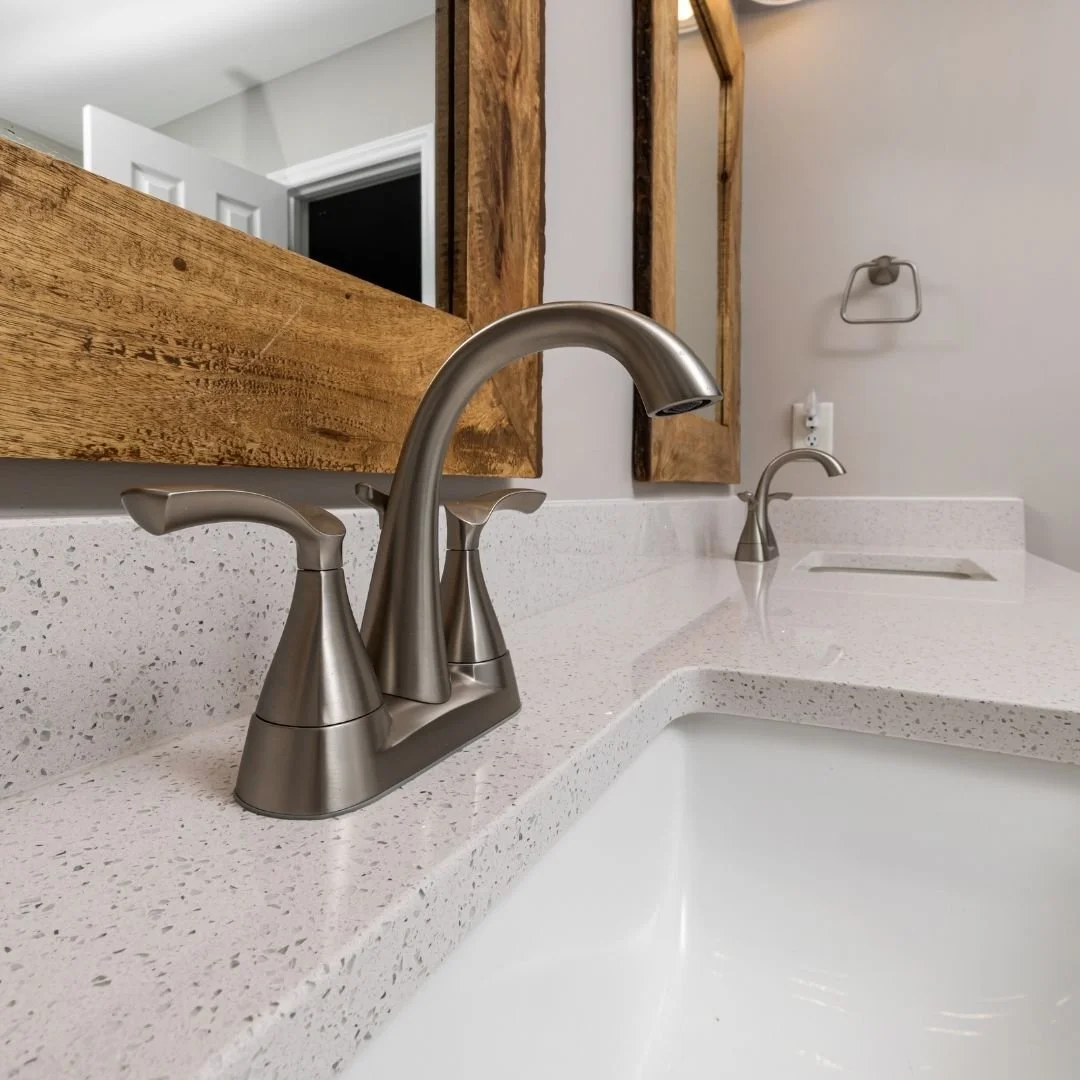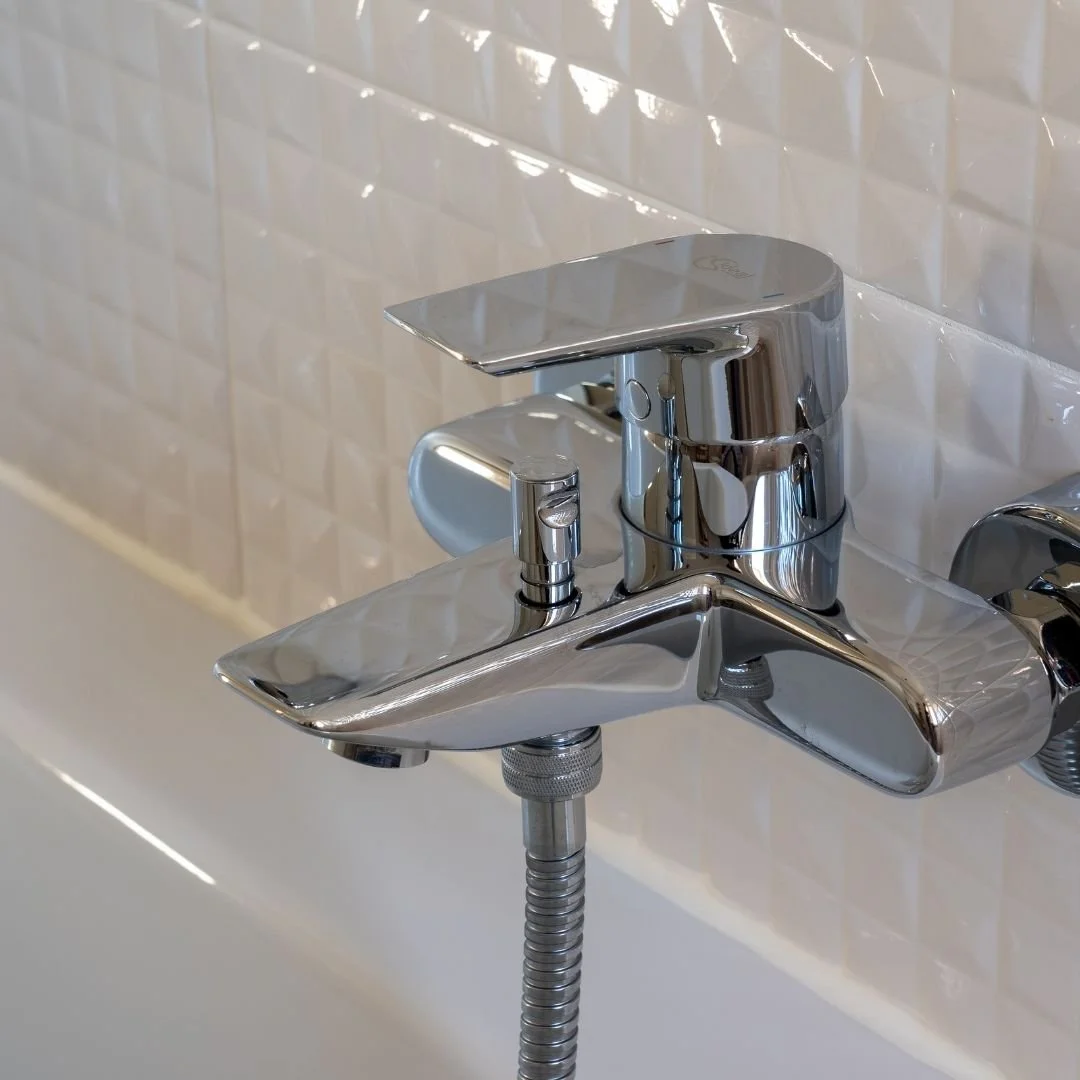Signs It’s Time to Replace Your Plumbing Fixtures
Your plumbing fixtures are essential to your home’s functionality and comfort. Whether it’s the faucet in your kitchen, the showerhead in your bathroom, or the pipes behind the walls, all of these components work together to keep your home running smoothly. Over time, however, even the best fixtures can show signs of wear and tear. While regular maintenance can extend the lifespan of your plumbing, there will come a time when replacement is necessary. Knowing when to replace your plumbing fixtures is crucial to maintaining the health and safety of your home. Whether it’s because of a persistent leak, outdated design, or the simple passage of time, replacing old or faulty plumbing fixtures can save you money on repairs and prevent future issues. In this blog post, we’ll cover the most common signs that it’s time to replace your plumbing fixtures and provide tips on how to go about it.
Frequent Leaks and Drips
One of the most common signs that it’s time to replace your plumbing fixtures is frequent leaks or drips. A dripping faucet or a leaking showerhead may seem like a minor inconvenience at first, but these small issues can quickly escalate into bigger problems. Constant leaks can lead to water damage, mold growth, and higher utility bills. If you’ve repaired a leaking faucet or pipe multiple times but it continues to leak, it might be time for a replacement. Old fixtures, particularly those made from materials like brass or copper, can become corroded over time, causing the seals and washers inside to wear out and lead to persistent leaks. Even if you manage to temporarily fix the problem, it may only be a matter of time before the issue returns. Replacing your fixtures with new, more durable models can help prevent ongoing leaks and ensure that your home’s plumbing remains leak-free. Modern fixtures are also designed with better materials that resist corrosion and wear, reducing the frequency of repairs.
Outdated or Inefficient Fixtures
Older plumbing fixtures, particularly those from previous decades, may be outdated in both design and efficiency. Fixtures that are more than a decade old may not only look out of place in your home but can also be wasting water and energy. This not only contributes to higher water bills but can also harm the environment by using more resources than necessary. Faucets, toilets, and showerheads have all seen significant improvements in design and efficiency in recent years. For instance, modern low-flow faucets and showerheads can help reduce water consumption without sacrificing water pressure. Similarly, low-flow toilets can use less water per flush, saving both water and money over time. If your fixtures are outdated and inefficient, replacing them with newer models that meet current standards can lead to significant savings in both water and energy costs. Upgrading to water-efficient fixtures also aligns with sustainable living, helping reduce your overall environmental footprint.
Persistent Clogs and Blockages
Another sign that it’s time to replace your plumbing fixtures is persistent clogs and blockages. While it’s normal for drains to occasionally get clogged, recurring blockages can indicate a more serious problem with your fixtures or pipes. If plungers and drain cleaners no longer provide a long-term solution, it might be a sign that your fixtures have worn out and need replacement. In sinks, bathtubs, and showers, recurring blockages could be due to worn-out drain stoppers, broken seals, or deteriorated pipes. For example, a faucet that is constantly clogged with mineral deposits or corrosion can lead to reduced water flow, while showerheads that accumulate soap scum or hard water deposits can clog the water stream. If you’ve tried every method to clear blockages, but they keep happening, it’s time to consider replacing the affected fixtures. New fixtures will provide better water flow, reduce the risk of clogs, and ensure that your home’s plumbing works as it should.
Water Quality Issues
If you’ve noticed a decline in the quality of your water, such as discoloration, strange odors, or a metallic taste, it could be a sign that it’s time to replace your plumbing fixtures. Over time, pipes and fixtures can accumulate rust, scale, and other debris that affects the quality of your water. Older fixtures made from outdated materials like galvanized steel or lead can contribute to water contamination. Lead, in particular, is a significant health risk, especially for children and pregnant women. If your plumbing system is made from older pipes or fixtures, replacing them with modern, non-toxic alternatives is essential for maintaining safe drinking water. In addition to improving water quality, replacing old plumbing fixtures can enhance the overall efficiency of your system. Newer fixtures often feature advanced filtration systems that reduce contaminants, ensuring your water is clean, fresh, and safe to drink.
Knowing when to replace your plumbing fixtures is crucial for maintaining the functionality and safety of your home. Frequent leaks, outdated designs, persistent clogs, and water quality issues are all signs that it might be time for an upgrade. By replacing your fixtures with newer, more efficient models, you can save money on repairs, reduce your water bills, and ensure that your home’s plumbing system continues to perform at its best. If you’re unsure whether it’s time to replace your plumbing fixtures or need assistance with installation, it’s always best to consult a professional plumber. They can assess your current fixtures, recommend the best replacements, and handle the installation process to ensure everything is done correctly and efficiently. Replacing your plumbing fixtures doesn’t just improve the look and functionality of your home—it also enhances the quality of your water, conserves resources, and ensures a more comfortable living environment. Don’t wait for a plumbing disaster to strike—address any issues with your fixtures before they escalate, and enjoy the peace of mind that comes with a well-maintained plumbing system.





